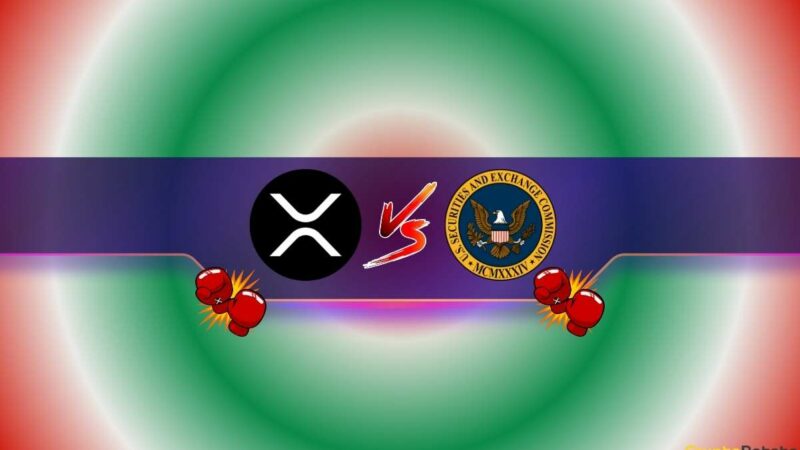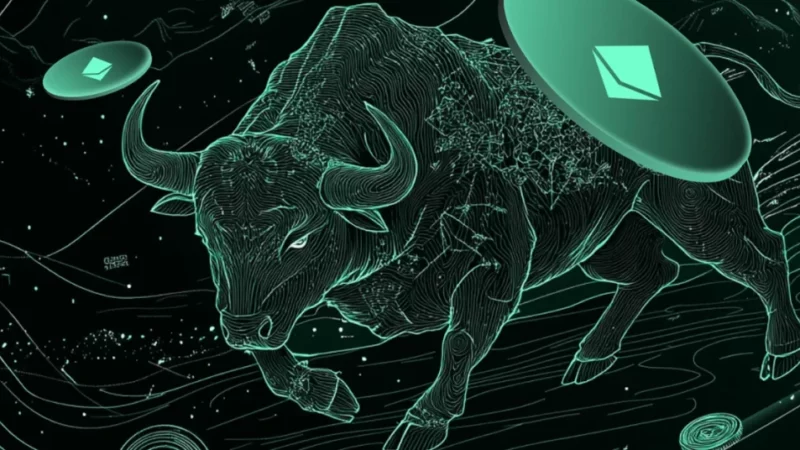What happened to Polygon’s massive NFT ecosystem?
This time one year ago, Polygon was the second largest chain for the number of NFT users, which Footprint Analytics counts as a wallet address that has bought or sold an NFT asset at least once in the previous month.
By growing from nearly zero percent of the market share of NFT users to 48% in just 6 months, it appeared like Polygon could easily become the dominant chain for NFTs.

But since the start of the bear market, the situation has changed, with Solana becoming the second most important ecosystem for digital assets.
Note: The above chart does not include transactions in Element, a marketplace which has become a major force for Polygon, meaning that it does not accurately represent the number of Polygon NFT users currently. It is still valid to see the growth of Solana.
Polygon’s NFT collections, the majority of which are listed on OpenSea, Aavengotchi and Element Market, are now less traded and make up a smaller percentage of the market than before. Significantly more users trade on Ethereum and Solana.


Why did Polygon’s NFT ecosystem adoption explode a year ago?
Polygon was launched in 2017 as a blockchain scaling solution for Ethereum. Using a modified proof-of-stake consensus, the protocol could process transactions quickly and affordably compared to congested, expensive Ethereum.
Around the beginning of the last bull market, Layer 2s were the main contender for solving the problem of blockchain scalability. Polygon was the leading innovative solution in this category of products. To most people at the time, it was a safe guess that Ethereum would remain the underlying infrastructure of the blockchain, with improvements built on top of it.
However, during the last year, the narrative shifted. Developers and analysts began foreseeing the possibility of “Ethereum-killers”—new chains with their own languages, consensus mechanisms and technologies. Rather than attaching an HOV lane to a highway to improve the flow of traffic, these new projects promised to design roads for new use cases, like NFTs and GameFi, from the ground up.
Solana launched in 2019 and quickly became a dominant Ethereum-killer Layer 1. Crypto revolves around hype cycles; it took several of these for people to come around to Solana.

The green dotted line is a baseline for searches for “polygon” the shape, which remain constant.
The chart illustrates how Polygon was able to use its first-mover advantage to gain traction in several earlier hype cycles. While Polygon is still a solid, innovative protocol with an extremely active project base and strong token performance, Solana still garners more interest.
NFT enthusiasts, and smaller creators especially, flocked to the upstart Solana ecosystem and its community-driven marketplace, Magic Eden.

This exodus from Polygon to Solana becomes apparent when comparing OpenSea transaction data from the 2 chains from the same period side-by-side.


Summary
Polygon is still doing amazing things in Web3, but it’s clear that it is no longer the top choice after Ethereum for NFT projects. While some of the above charts do not show the full picture (which looks somewhat better for Polygon once Element Marketplace and Playdapp Marketplace are included), it is clear that Solana has attracted most of the hype in the NFT industry.
This piece is contributed by the Footprint Analytics community in October 2022 by: daniel@footprint.network.
The Footprint Community is a place where data and crypto enthusiasts worldwide help each other understand and gain insights about Web3, the metaverse, DeFi, GameFi, or any other area of the fledgling world of blockchain. Here you’ll find active, diverse voices supporting each other and driving the community forward.
Source: OpenSea Ethereum – Polygon – Solana
- Footprint Website: https://www.footprint.network
- Discord: https://discord.gg/3HYaR6USM7
- Twitter: https://twitter.com/Footprint_Data
The post What happened to Polygon’s massive NFT ecosystem? appeared first on CryptoSlate.




